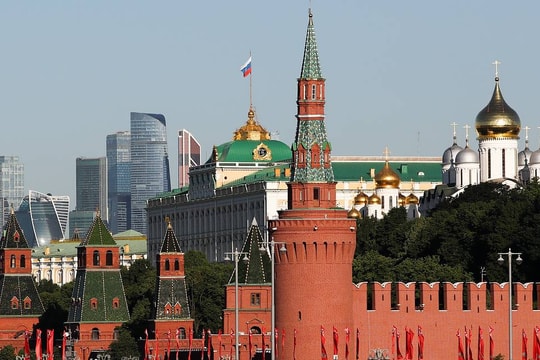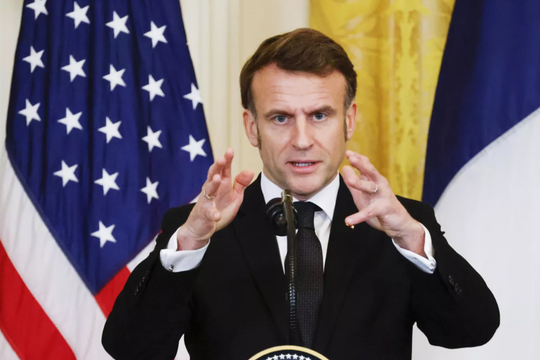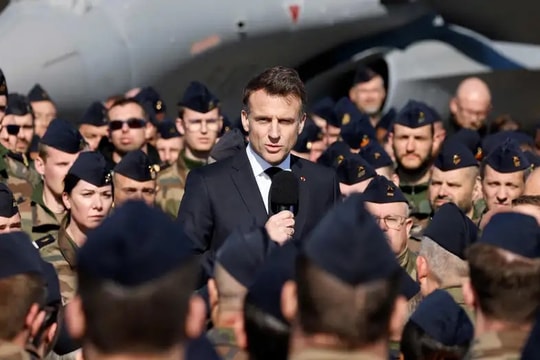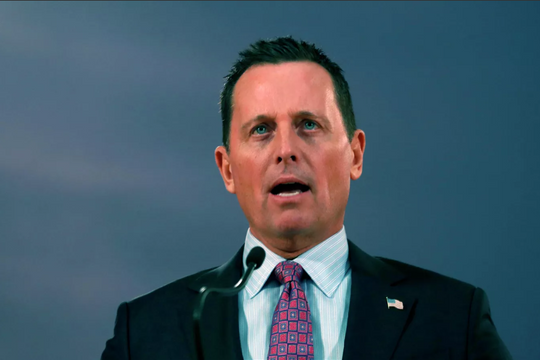Russia - America:
Nuclear red line challenged
Russian President Vladimir Putin has instructed top officials to draft proposals for the possibility of testing nuclear weapons, a move Moscow has not made since the collapse of the Soviet Union.
.jpg)
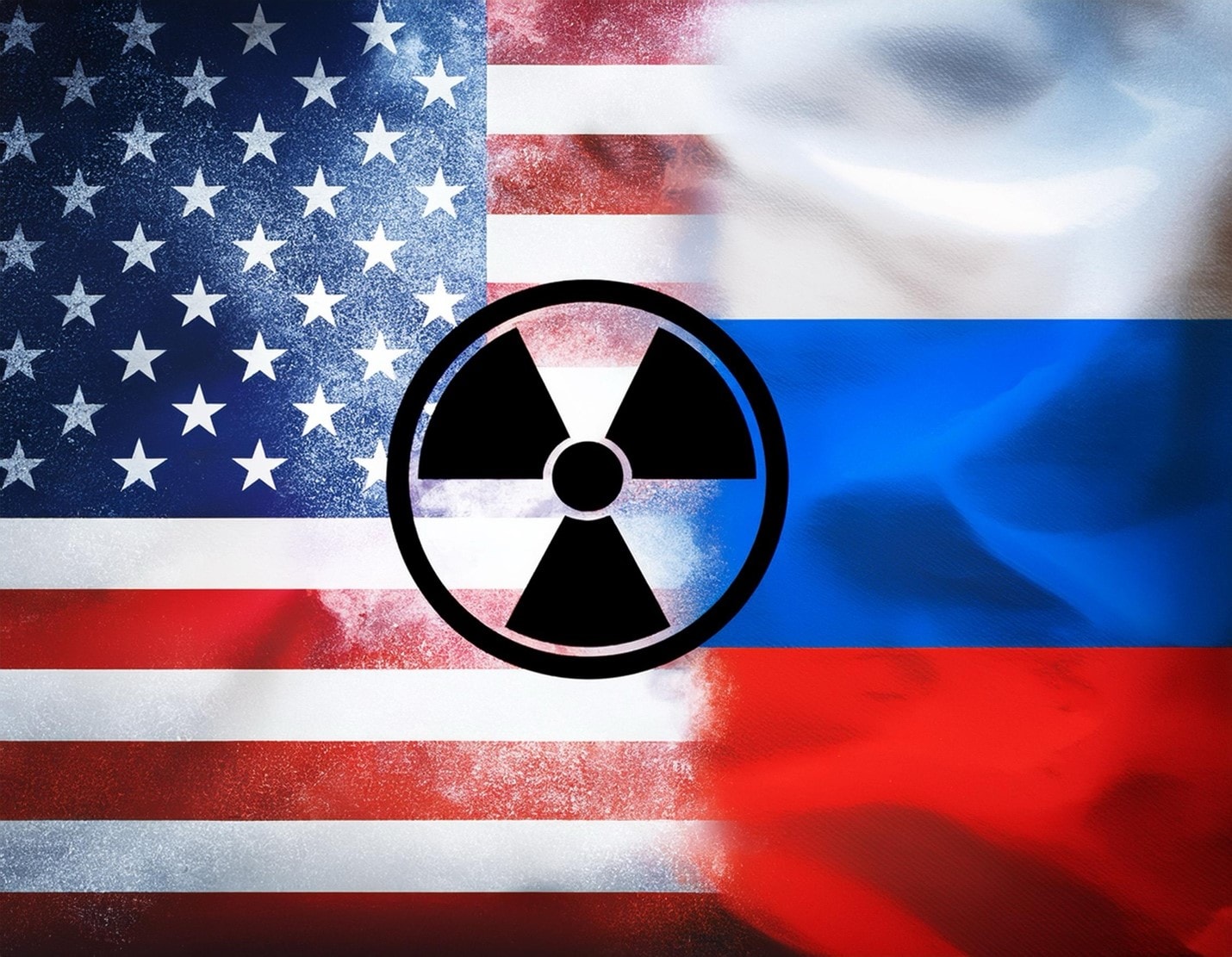
The order comes just days after US President Donald Trump's controversial announcement that Washington would resume testing. The world is on the brink of an escalating arms race that could shatter the nuclear restraint that has held for more than three decades.
Orders from the Kremlin
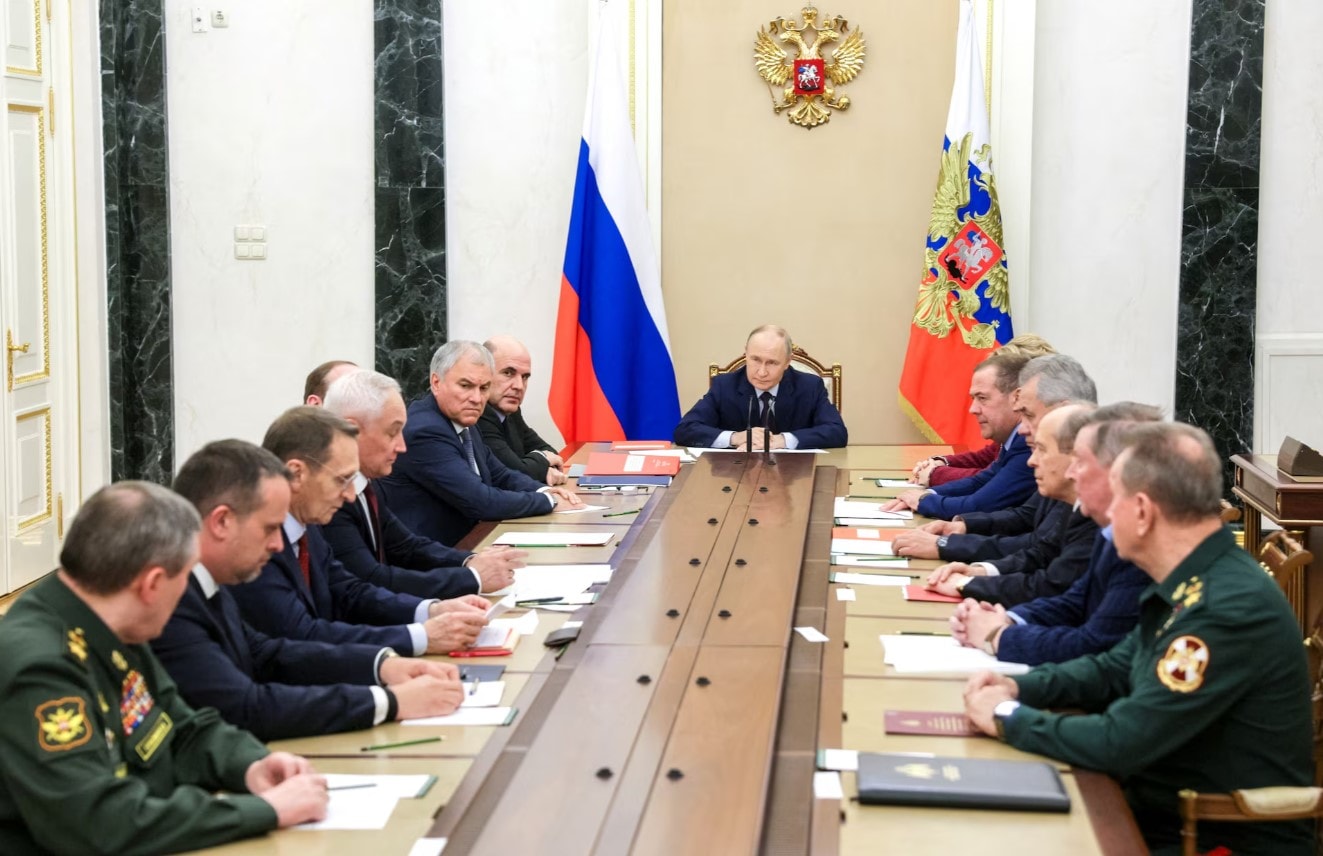
At a meeting of the Russian Security Council on November 5, President Vladimir Putin formally assigned the Ministry of Foreign Affairs, the Ministry of Defense and special services. According to sources, Mr. Putin asked the agencies to "do everything possible to collect more information on this issue, analyze it at the Security Council and make joint proposals on the possibility of starting preparations for nuclear weapons testing."
However, the Russian leader also emphasized a "defensive" stance. He affirmed that Russia "always strictly adheres to... its obligations under the Comprehensive Nuclear-Test-Ban Treaty (CTBT) and has no plans to deviate from it." Mr. Putin stressed that Moscow would only act in "adequate response" if Washington carried out nuclear tests first.
Mr Putin's move comes as US-Russia relations have deteriorated rapidly in recent weeks. President Trump, reportedly frustrated by the lack of progress in ending the conflict in Ukraine, has cancelled a planned summit with Mr Putin and imposed new sanctions on Russia since returning to the White House in January.
Moscow’s reaction stems directly from President Donald Trump’s statement on October 30. Just hours after President Putin announced that Russia had successfully tested the Poseidon nuclear torpedo, Trump tweeted that he had instructed the Pentagon to “begin testing our Nuclear Weapons on equal terms” with Russia and China. The statement immediately raised global alarm, as the US has not conducted a nuclear explosive test since 1992. However, the crux of the problem lies in the serious ambiguity of Trump’s statement. Reports did not clarify whether he was referring to detonation tests – which are banned by international treaties – or simply tests of delivery systems, such as ballistic missiles, which are carried out regularly. Some Western sources have noted that US Energy Secretary Chris Wright appeared to clarify on November 3 that the new tests ordered by Mr Trump would not involve nuclear explosions. For Moscow, however, this ambiguity, combined with Washington’s recent military moves, was enough to trigger a high-level response.
The 30-year line is challenged
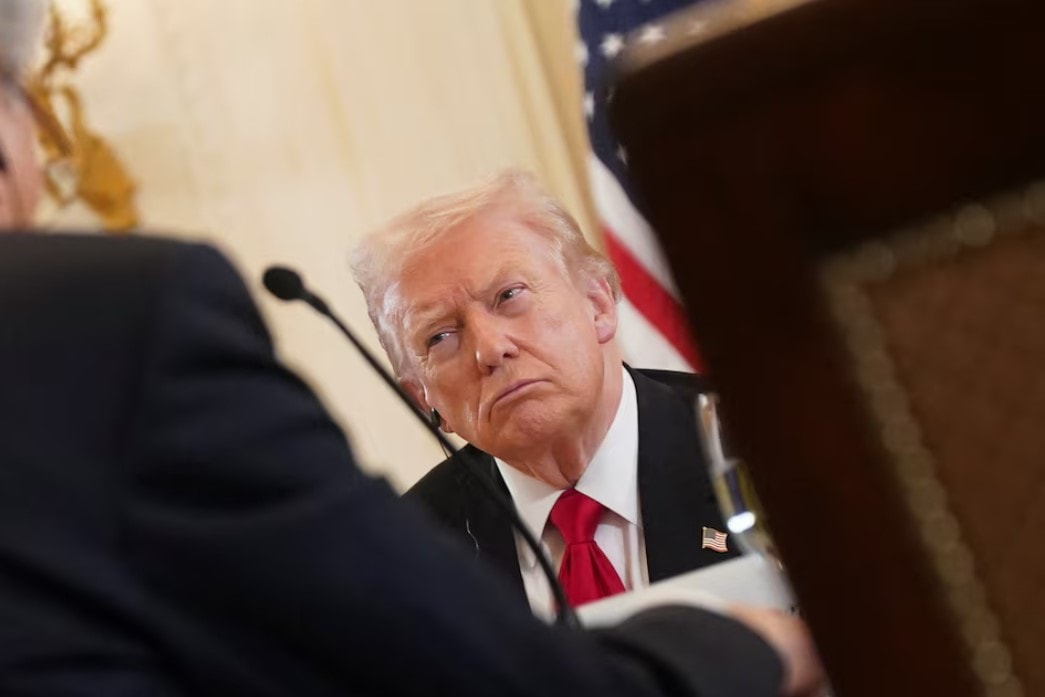
The meeting of Russia's Security Council saw tough, seemingly carefully prepared statements. State Duma (lower house) Speaker Vyacheslav Volodin was the one who asked how Moscow would respond to Mr Trump's plan, triggering a series of statements that followed. Defense Minister Andrei Belousov reported to Mr Putin that recent US actions and statements had "significantly increased the level of military threat to Russia." Mr Belousov suggested that "preparations for full-scale nuclear tests" should begin immediately. He also stressed that Russia's Novaya Zemlya test site in the Arctic could be ready for such tests at short notice. Chief of the General Staff Valery Gerasimov also urged quick action. "If we do not take appropriate measures now," Mr Gerasimov warned, "time and opportunity to respond promptly to US actions will be lost." He explained that the time needed to prepare for nuclear tests, depending on the type, ranges from “several months to several years.” These statements suggest pressure or consensus within the Russian military leadership on the need to take a resolute stance.
If any nuclear power were to resume nuclear tests, it would be a major geopolitical destabilization. North Korea is the only country to have conducted nuclear tests since the turn of the 21st century (the last recorded was in 2017). Major nuclear powers have exercised restraint for decades: the Soviet Union (and later Russia) have not tested since 1990; the United States has maintained its own test moratorium since 1992. These restraints are based on the spirit of the Comprehensive Nuclear-Test-Ban Treaty (CTBT), though its legal standing remains tenuous. The United States has signed but not yet ratified the CTBT in the Senate. For his part, in 2023, President Putin signed a law revoking Russia’s ratification of the treaty, citing the need to ensure “equal status” with the United States. Analysts see this as the culmination of an “action-reaction spiral.” "Nobody needs this, but we may be getting there," Andrey Baklitskiy, a senior researcher at the United Nations Institute for Disarmament Research (UNIDIR), commented on social media X.
To balance the tough statements, Kremlin spokesman Dmitry Peskov clarified to the press that President Putin has not set a specific time limit for the proposals. Speaking to CNN, Mr. Peskov said: "Nothing has been decided yet... We are just investigating whether it is necessary to start preparations." The statement shows that Moscow, while preparing for the worst-case scenario, is still leaving the door open and waiting for official clarification from Washington about President Trump's true intentions. Meanwhile, the red line on nuclear testing - one of the last pillars of the post-Cold War global security architecture - is being seriously tested in the past 30 years.
Picture of the global nuclear arsenal
Russia and the United States are the two largest nuclear powers in the world, far surpassing the rest of the world in the number of warheads they possess.
- Russia: Estimated to have 5,459 nuclear warheads.
- US: Has about 5,550 nuclear warheads.
- China: Estimated to have about 600 warheads.
- Other nuclear-weapon states include France, Britain, India, Pakistan, Israel and North Korea.

